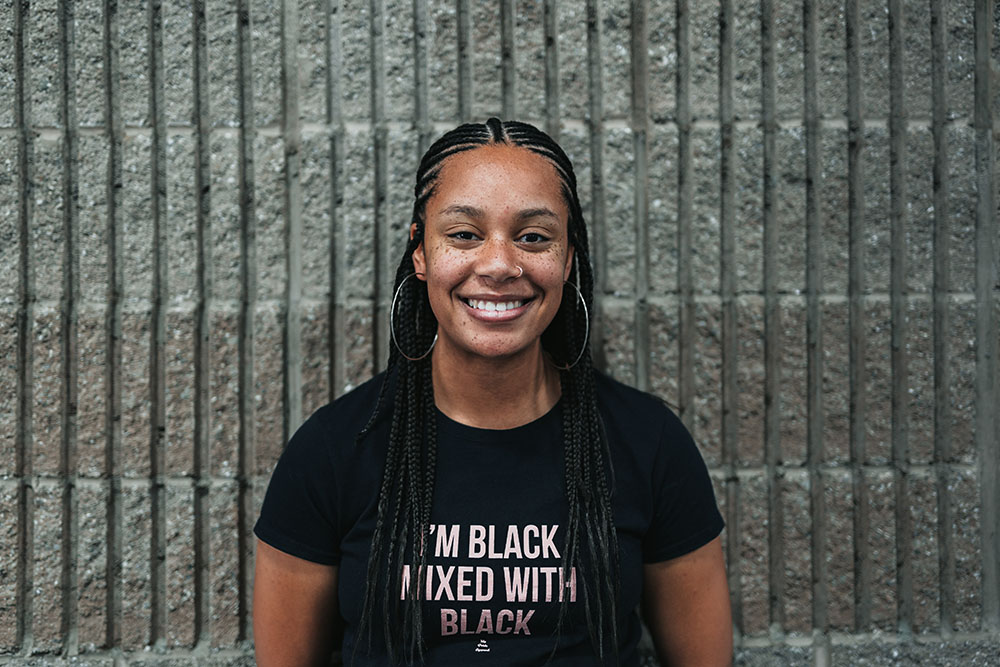How does working in a place that does not have a lot of people of color impact you?
Have there been any times stereotypes hurt, threatened or impacted you?When or how have you felt isolated or singled out while in a classroom or space of white students/staff/faculty?
These were some of the many questions I was asked as I participated in last week’s Celebrating Black History Month Convocation. For this year’s celebrations, the Black Student Union (BSU) decided to host a panel including myself and four other African-American faculty, students, and staff who shared about their diverse viewpoints and realities here at GC. The theme we were discussing during the panel was what it is like to be a person of color (POC) at a predominantly white institution (PWI). Before beginning the conversation, a PWI was defined by the BSU facilitators as an institution with 50 percent or more of student enrollment being Caucasian.
While this conversation can be difficult, BSU’s Black History Month convocation was an excellent start for one of the many discussions that are necessary when seeking common ground and a better understanding of others, not only at GC, but in the world. During the dialogue, as panelists we all openingly discussed the very real and very difficult realities that we face on a day to day basis as African-Americans. I discussed dealing with stereotypes such as the “Angry Black Woman,” which portrays black women as angry, bitter and aggressive. Other panelists discussed feeling like they have to change who they are to make others comfortable when they are in predominantly white spaces. From conversations about negative stereotypes, to feelings of isolation and trying to navigate it all, each of us told our truth.
Nevertheless, while all of these things are significant to who each of us are as individuals, I think it is imperative to continue the conversation and recognize that it doesn’t stop there. Pain and struggle are not the only things that make us who we are, nor do they overshadow the other meaningful parts of our stories. I could spend hours discussing my personal experiences with racist remarks or dealing with prejudices, but I could also spend the same amount of time celebrating the bright spots in my journey as well. For example, as a Spanish major, I have had the opportunity to live and study abroad in beautiful countries such as Barcelona, Spain, Lima and Cusco, Peru and Mérida, Mexico. This past summer, I interned for a non-profit called Brave Initiatives, which provides young girls of color with a coding camp to learn more about STEM and how to be agents of social change through technology. Like my hardships, experiences such as these are fundamental in my reality as a black woman. And with that, I believe an essential part of the narrative is that amidst the adversities myself and other POC may face, we continue to persist.
This is seen at the base of Black History Month through the founder, Dr. Carter G. Woodson, who embodied Black Excellence by using his obstacles as an African-American for groundwork to change.
In 1915, Woodson founded his organization called The Study of African-American Life and History (ASAHL). He received his master’s from the University of Chicago and later on completed his doctorate at Harvard, both of which were in history. However, through his experience, he recognized the near-absence of the African-American presence in history and identified the need of the African-American story as a crucial piece to the historical narrative. In 1926, Woodson and the ASAHL started Negro History Week. ASAHL partnered with schools to provide necessary resources that celebrated black stories and educated students about the importance of Black History. This week-long effort was the building blocks of what eventually became recognized as Black History Month by President Gerald R. Ford in 1976 and Black History Month as we now know it today.


